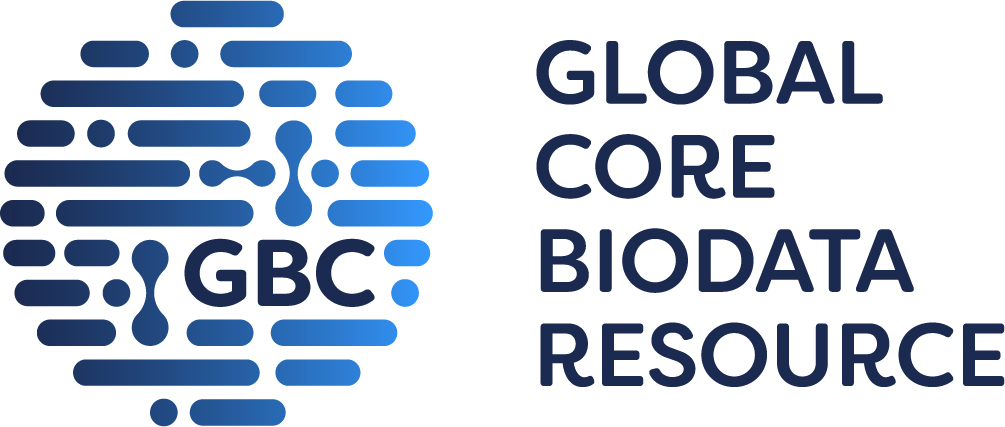
GtoPdb is requesting financial support from commercial users. Please see our sustainability page for more information.
Carboxylases C
Unless otherwise stated all data on this page refer to the human proteins. Gene information is provided for human (Hs), mouse (Mm) and rat (Rn).
Overview
The carboxylases allow the production of new carbon-carbon bonds by introducing HCO3- or CO2 into target molecules. Two groups of carboxylase activities, some of which are bidirectional, can be defined on the basis of the cofactor requirement, making use of biotin (EC 6.4.1.-) or vitamin K hydroquinone (EC 4.1.1.-).
Enzymes
Complexes
|
PCCA,PCCB (Propionyl-CoA carboxylase ) C Show summary » |
Enzymes and Subunits
|
PC (Pyruvate carboxylase) C Show summary » |
|
ACC1 (Acetyl-CoA carboxylase 1)
C
Show summary »
More detailed page |
|
ACC2 (Acetyl-CoA carboxylase 2)
C
Show summary »
More detailed page |
|
PCCA (Propionyl-CoA carboxylase α subunit) Show summary » |
|
PCCB (Propionyl-CoA carboxylase β subunit) Show summary » |
|
GGCX (γ-Glutamyl carboxylase)
C
Show summary »
More detailed page |
Comments
Further reading
How to cite this family page
Database page citation:
Carboxylases. Accessed on 20/12/2025. IUPHAR/BPS Guide to PHARMACOLOGY, http://www.guidetopharmacology.org/GRAC/FamilyDisplayForward?familyId=255.
Concise Guide to PHARMACOLOGY citation:
Alexander SPH, Fabbro D, Kelly E, Mathie AA, Peters JA, Veale EL, Armstrong JF, Faccenda E, Harding SD, Davies JA et al. (2023) The Concise Guide to PHARMACOLOGY 2023/24: Enzymes. Br J Pharmacol. 180 Suppl 2:S289-373.









Dicarboxylic acids including citric acid are able to activate ACC1/ACC2 activity allosterically. PCC is able to function in forward and reverse modes as a ligase (carboxylase) or lyase (decarboxylase) activity, respectively. Loss-of-function mutations in GGCX are associated with clotting disorders.